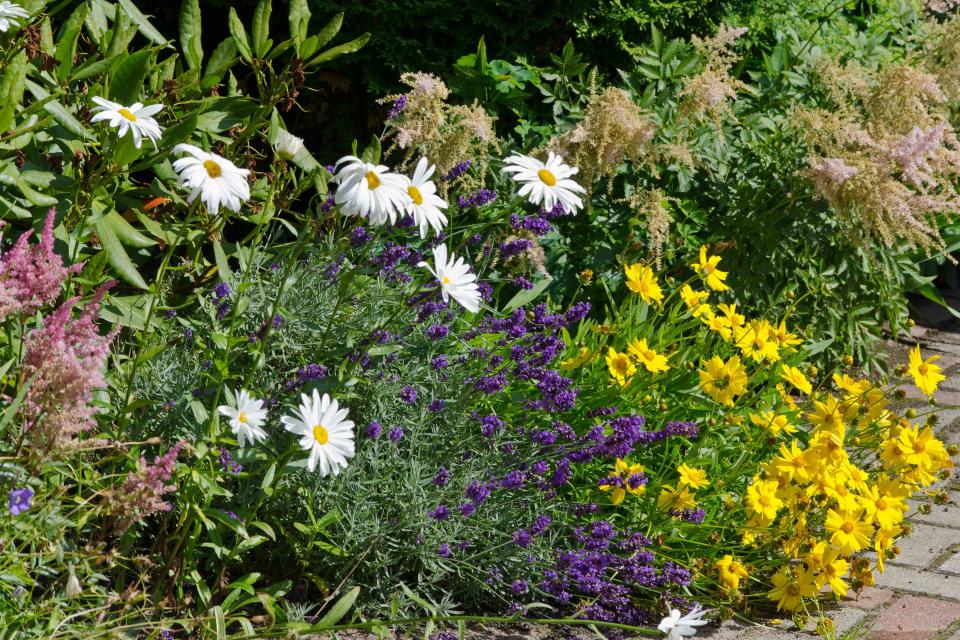From Garden to Cup: Cultivate a Tea Garden for Pretty Blooms and a Relaxing Ritual
Host a 'Bridgerton' worthy tea party featuring cups you brewed with leaves straight from your own garden.

Sergejs Kartasovs / Getty Images
There's nothing that screams spring like gardening and a traditional tea party—so why not combine them? There’s a long-standing trend that’s been brewing, and it’s especially popular among home gardeners this year thanks to the newest season of Bridgerton.
If you’ve never heard of a tea garden before, it’s exactly what it sounds like: a garden composed of plants that can be used to make your perfect cup. You might be growing one or two varieties already, but if you’re a dedicated tea lover, consider getting creative and giving yourself more options.
Related: The Blooms of This 'Bridgerton'-Themed Garden Take You Into the World of High Society
First, you need to know your planting zone in order to determine which types of tea you can grow. If you’re worried about your tea plants thriving in a harsh climate, there are also a few varieties you can grow indoors.
You’ll also want to figure out your favorite kinds of tea—and which kinds go together. Maybe you’re a fan of winding down with a cup right before bed and want to brew up your own creation to help you relax. In that case, chamomile would help you out. It grows in plenty of zones, and you can use both the leaves and the flowers (in moderation!).
Related: The Biggest Mistake People Make When Preparing a Cup of Tea
Tea plants usually come with plenty of blooms to make your garden look as good as it tastes. Camellia, commonly referred to as "tea plant," can be grown in four zones (or indoors) and has a luscious pink color. Keep in mind you have to opt for camellia sinensis if you want a traditional cup of tea—this plant creates white, green, oolong, and black teas, but there are several other varieties that give a different flavor.
When you’re choosing your tea plants, think about the concoctions you’ll be making: The goal isn’t just to make a single tea from each plant you grow; you can mix and match leaves and buds from the plants in your garden to create a more complex, layered drink.
Related: Throw the Chicest Retro Tea Party with SMEG's New Whistling Kettle
Butterfly pea flowers make a tea mocktail more visually interesting with its intense blue or purple color, while lemon balm leaves offer a relaxing effect for your nighttime sip. Jasmine, lemon balm or lemon verbena, mint, lavender, eucalyptus, and lemongrass can all easily be grown and harvested for tea later on. Note that if you’re planning on growing mint, it’s known for taking over backyards—indoor or outdoor pots help to keep it contained.
With camellias, use the buds of the flowers to brew white tea. Younger leaves make lighter teas, resulting in a nice green tea. The bigger the leaf, the darker the tea—the oldest leaves on your plant get you black or oolong teas. If you’re hoping for a flowery tea, try growing roselle (it also makes the prettiest addition to any garden).
For more Better Homes & Gardens news, make sure to sign up for our newsletter!
Read the original article on Better Homes & Gardens.

